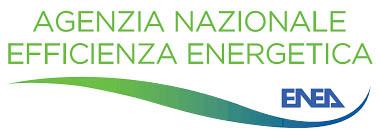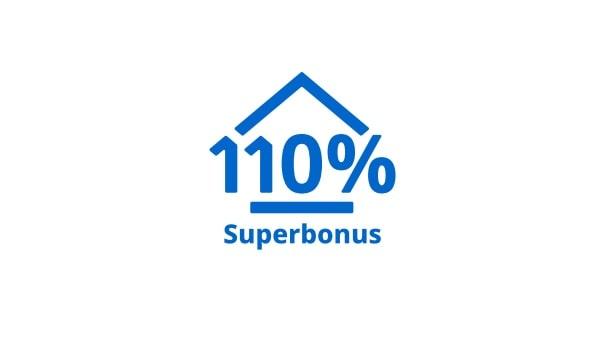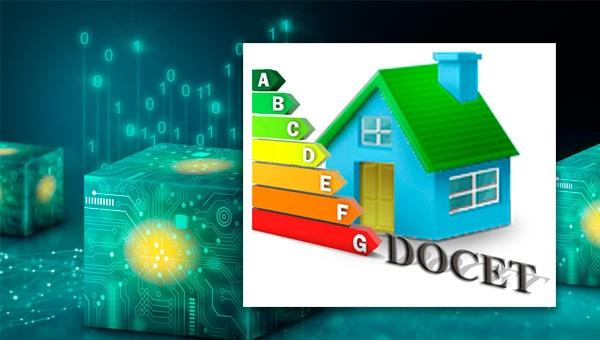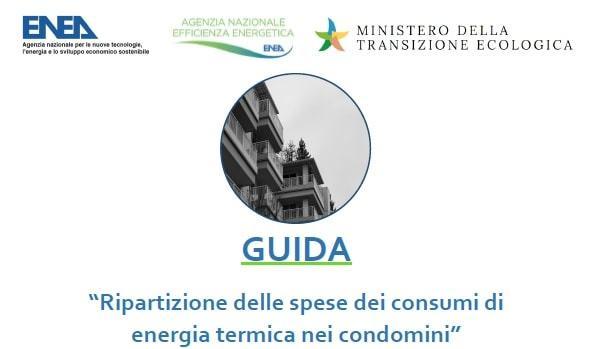Progetti Internazionali
SEED MICAT - Support Energy Efficiency Deployment with the Multiple Impacts CAlculation Tool

Data inizio: dicembre 2023
Data fine: dicembre 2026

Co-funded by the European Union under project ID 101120599. Views and opinions expressed are however those of the author(s) only and do not necessarily reflect those of the European Union or CINEA. Neither the European Union nor the granting authority can be held responsible for them.
Abstract:
SEED MICAT supports EU and member states at national, regional and local governance levels in including Multiple Impacts (MI) of carbon neutrality pathways in their operationalisation and implementation of the Energy Efficiency First (EE1) principle, "sowing thus the seeds" for a broad application of the principle. Considering MI in target setting (such as impacts on health, on supply security, on area use and on biodiversity) argues for a fast phase-out of fossil fuels but also for a careful analysis of MI related to different pathways to climate neutrality, with varying contributions from energy demand and energy supply options. This requires in particular extending the MI framework (previously developed in the MICAT project for energy efficiency) to renewable energy sources (and other climate neutrality pathways such as hydrogen). It further advocates the integration of policy modules (as developed in the ODYSSEE-MURE and REFEREE projects) to allow for an assessment of single and cross-sectoral policies, broadening the potential applications of the MI framework and the MICATool (a modular tool developed previously in MICAT and which allows to adapt the MI framework flexibly to different climate neutrality pathways). Further, new MI need to be considered in the MI framework, such as the impacts of climate neutrality pathways on on biodiversity. Through showcases of the MI framework at European, national, regional and local levels, as well as thematic showcases (on import dependency, on energy system resilience and on impacts on biodiversity), we demonstrate the ability of the MI concept to implement the EE1 principle based on an analytical approach. SEED MICAT accompanies these showcases with a replication analysis (notably at national level), a capacity building component on the MI framework and the MICATool, as well as a strong dissemination approach for spreading knowledge on how the MI framework supports implementing the EE1 principle.
Partner: Fraunhofer Institute for Systems and Innovation Research ISI (coordinator), Institute for European Energy and Climate Policy (IEECP), Wuppertal Institute for Climate, Environment and Energy, ISINNOVA - Research Innovation Sustainibility, E3-Modelling Energy-Economy-Environment, International Institute for Applied Systems Analysis (IIASA), ENEA, SEVEn, Ricerca sul Sistema Energetico – RSE SpA
















